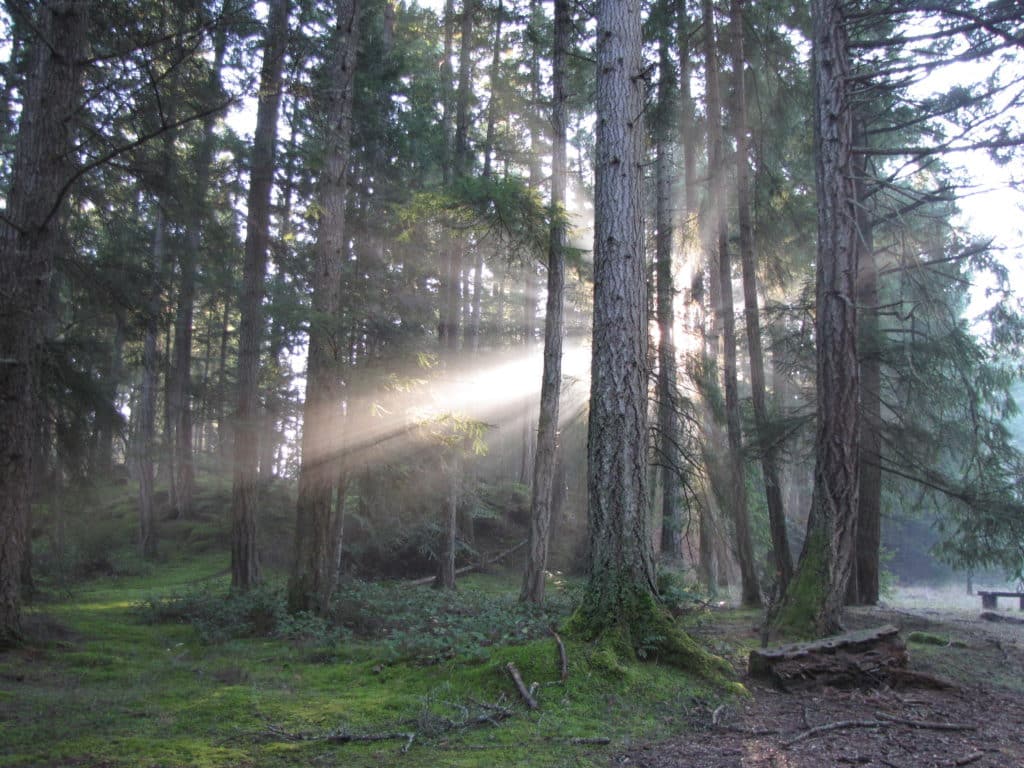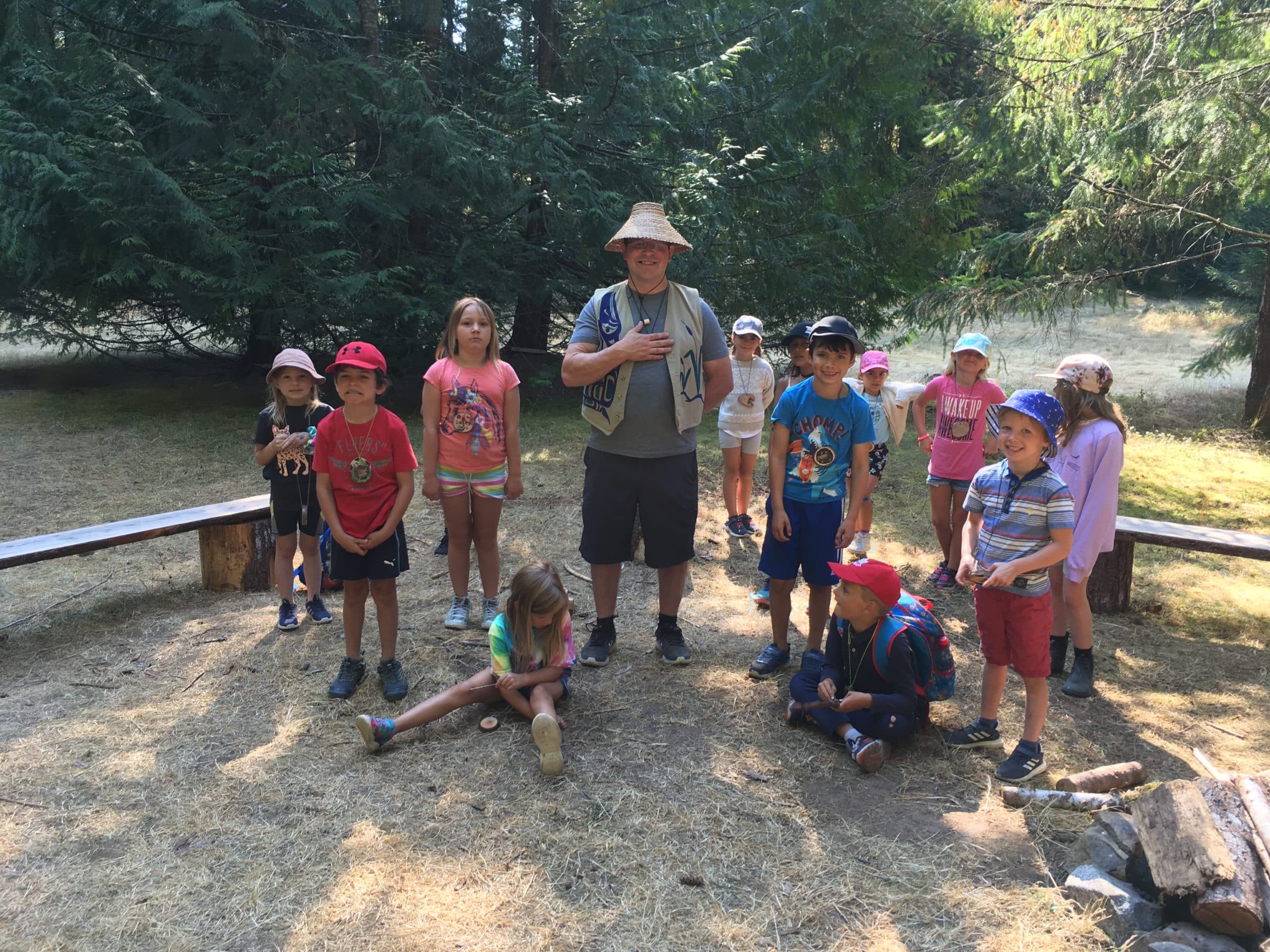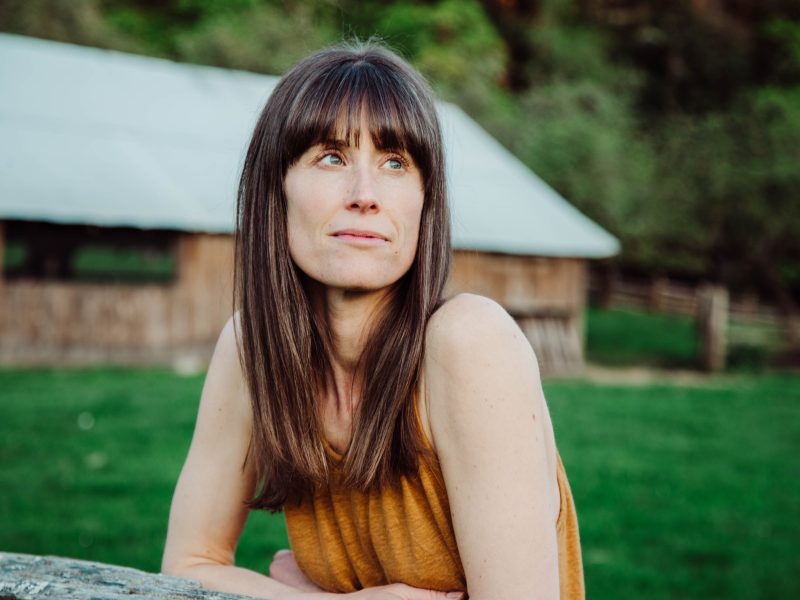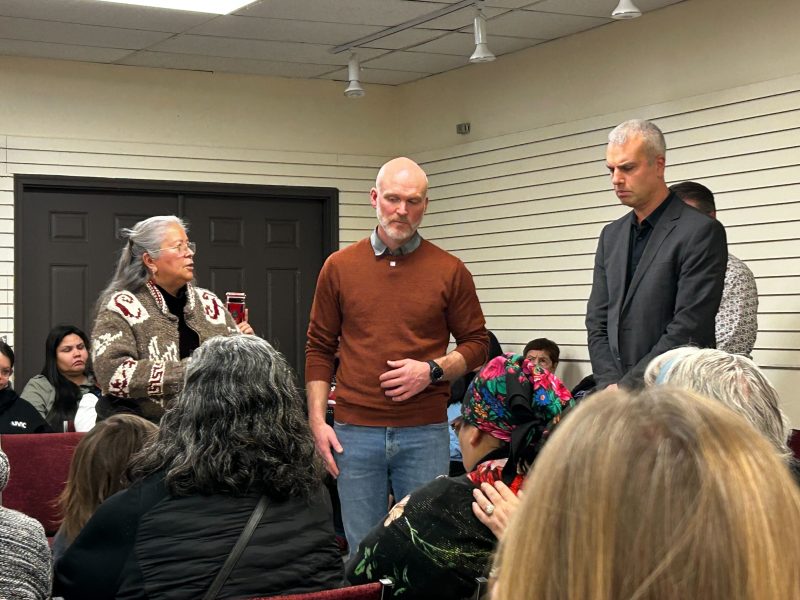
What happens when you bring together Indigenous wisdom and Western science from the forest? Maybe, something like magic. That’s what educators are learning at the Wildwood ecoforest, on Stz’uminus and Snuneymuxw territory.
Beau Wagner is an artist of mixed Indigenous and settler heritage, trained as a Coast Salish carver by a Stz’uminus Master. For the past years, he has offered an educational program called Cedar and Me, which enlivens the stories, cultural significance and uses of the cedar tree.
Bringing that program to Wildwood ecoforest and collaborating with Western-trained educators there brought new depth to the teachings, Wagner says. Wildwood is a 77-acre forest that has been selectively harvested since 1945 with the goal of respecting the needs of plants and animals and preserving the health of the ecosystem.
The Ecoforestry Institute Society (EIS) is the trustee of the Wildwood ecoforest. The society runs educational activities that teach the skills needed to understand and take care of the forest, including programs for school groups. In the last year or so, educators there have partnered with Indigenous Knowledge Keepers in an effort to blend Indigenous teachings with Western science.
Wagner says partnering with educators with different backgrounds and perspectives makes a big difference. When teaching culture to children in other settings, “they have a hard time relating to it,” he says. But at Wildwood, when the Indigenous knowledge is taught next to the Western knowledge in unison, “the kids really absorb what we’re talking about.”
“It really is walking in two worlds because [the education staff at EIS] have just a vast knowledge of the forest and the names and what to harvest, and all this knowledge is just profound. And so to be able to teach culture in that kind of a setting has so much meaning to it.”

Towards decolonized forest education
Collaborating with the Knowledge Keepers has been a learning journey for everyone involved, says Pam Murray, a naturalist and educator at Wildwood. The idea came about through conversations with Stephanie Johnson, one of the board members with the Ecoforestry Institute Society. Johnson then helped find Knowledge Keepers to bring into EIS’s programs.
The Knowledge Keepers work with EIS staff to blend their teachings together, Murray says. “It’s important to show the kids and the teachers who attend that both worldviews are just as valid and important as each other.”
The result has been transformative, Murray says. Now, the educational programs at Wildwood ecoforest are infused with Indigenous wisdom, even when the Knowledge Keepers aren’t there.
“I’ve been learning some Hul’q’umi’num, which is super cool — learning some of the names for some of the plants and some other words. I’m somebody who was always nervous learning language. And so being able to learn little bits of it, and being given permission to use it, has been really kind of cool.”
Murray says she’s learning how much is left out of Western science and nature curriculums.
“I’m a settler being given an opportunity to learn a bunch of stuff that Indigenous people have been denied the chance to learn. And so I see the enormous privilege of that and I feel a responsibility that comes with it. And I’m just really incredibly grateful to get to do this.”
For Murray, part of the goal is, “if I’m going to teach about nature, to be able to do that in a way that is understanding and respectful of the culture that that nature is connected to.”
She adds, “I need to understand that a cedar tree is not just a tree but a sacred being.”
It’s all connected
“My teachings are that cedar is full of magic from the stars. It’s connected to all living things,” says Wagner. “It’s the foundation of our Coast Salish culture, used for carving traditional tools, mats, rattles, flappers, canoes. It’s a very powerful, very powerful tree.”
Whether you’re talking about cedar from an Indigenous or a Western perspective, it’s all about relationships. It’s a tree that lives in community, in kinship with other plants and animals.
“The information about what certain plants need, or the nature of certain plants — the Western science and the Indigenous knowledge point to the same thing,” says Murray. “It’s cool to see that and understand that.”
Wagner agrees. The knowledge that EIS’s Western-trained educators find in textbooks is just the same as what Wagner learned from his teacher, in the years they spent walking through the woods, he says.
“He had explained the plants and the water and the trees, and that connection with the animals and how the animals are sharing lifeforce with the trees, and those trees are sharing the lifeforce with the plants — They have their scientific names for things, but it’s the same. The same thing. It’s so cool. I love it,” Wagner says. “If I could just do that full time, that would be awesome.” [end]
This article is part of the Forests for the Future solutions series, a partnership between The Discourse and IndigiNews.



